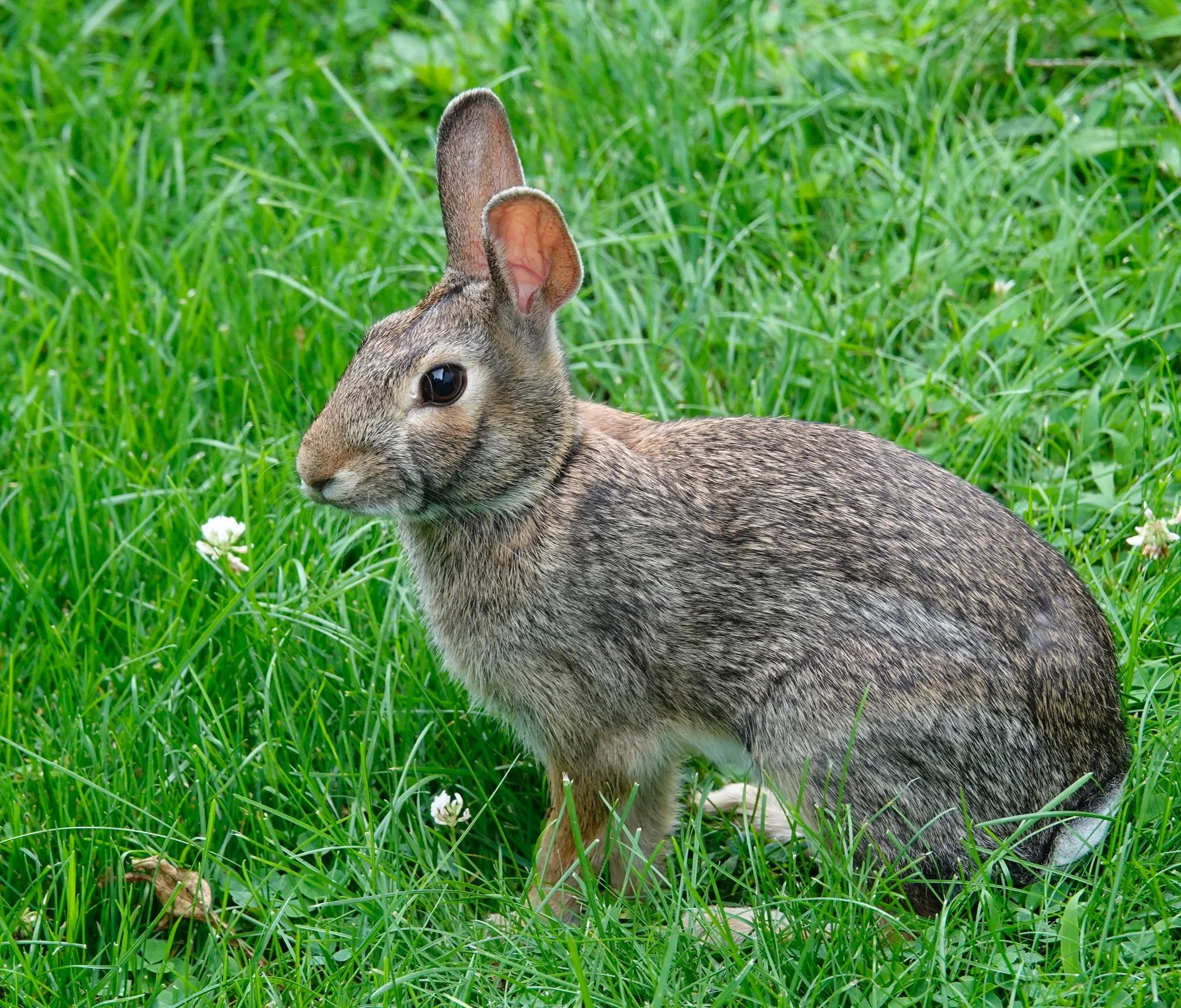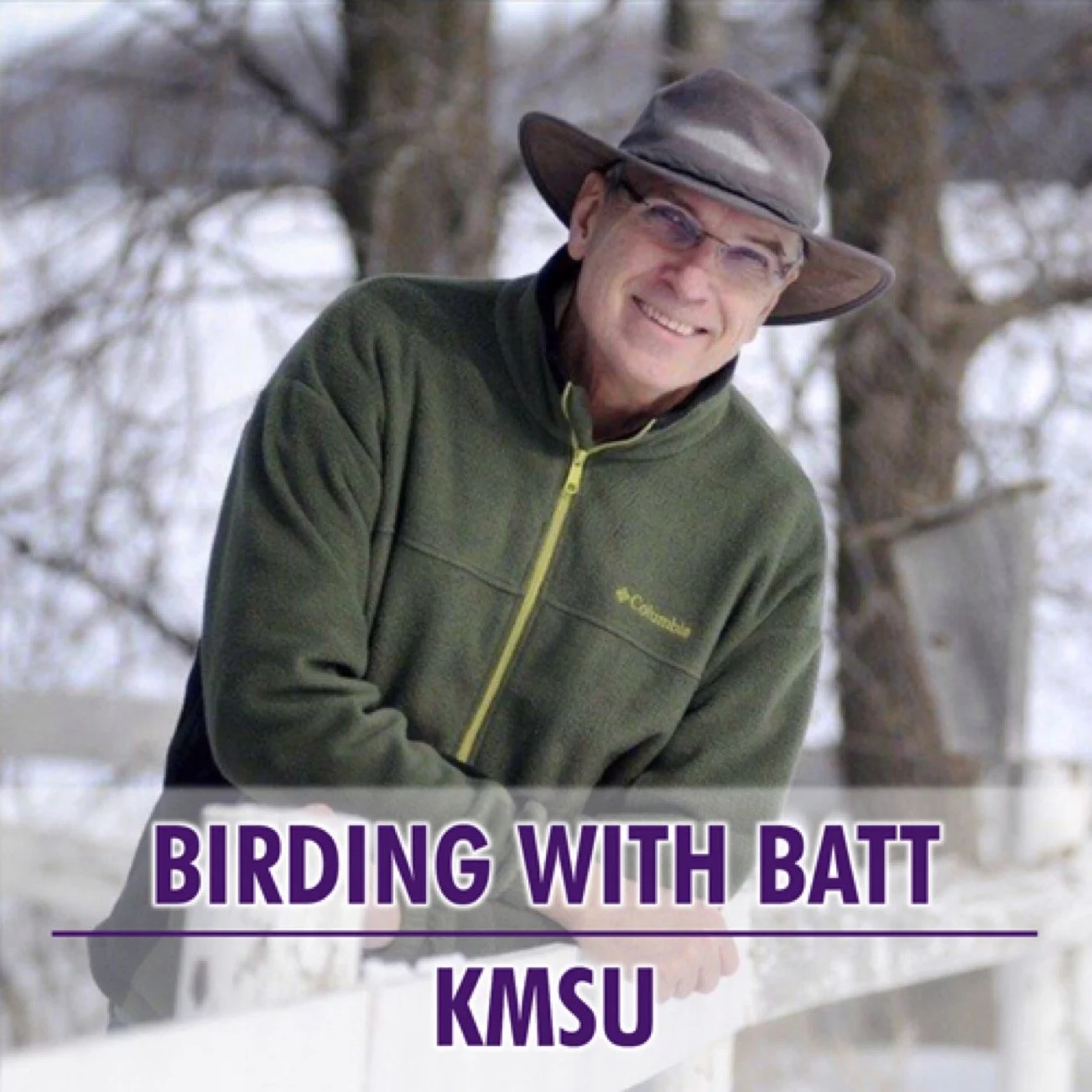Naturally
I walked at night. Moonlight and a starry sky brought me comfort. A walk brings things to light. A means of discovery.
As dawn interrupted the night, I heard a woodpecker drumming on a resonant tree, the bird proclaiming its territory.
Mallards found the cold water of a lake companionable, but I couldn’t get my ducks in a row. It was like herding mallards.
I heard the song of the black-capped chickadee, a fabulous sound that said, “Love you,” “Sweet-ie” or “Spring’s here.” It might have been a case of listener bias, but I think not. It was good to know that spring had arrived on a gelid winter day. A friend, Keith Wakefield, had died before Christmas. I did a Christmas Bird Count just after Christmas, a chance to binge-watch birds. I take great pleasure in counting chickadees, being grateful to see a single chickadee. There were at least 22 of them in one feeding flock. They were accompanied by nuthatches and cardinals. Many of our warm-weather birds are subject to seasonal dismissals, but not chickadees. They hang with us. Keith’s favorite bird and mine, too, the tiny chickadee stays. And I’m the better for it and for having known Keith.
How you could watch a bird feeder without having a bird feeder
The FeederWatch cam is located in a residential neighborhood in Manitouwadge, Ontario. This site is an excellent location to see winter finches (redpolls and grosbeaks) as well as two species of jays. https://www.allaboutbirds.org/cams/ontario-feederwatch/
Q&A
“Is it a crow or a raven I’m seeing?” I love Robert Frost’s poem, “The way a crow Shook down on me The dust of snow From a hemlock tree Has given my heart A change of mood And saved some part Of a day I had rued.” A crow heralds its presence with a caw, while a raven's call is a hoarse, deep krronk. Ravens are considerably larger than crows and have more robust bills. A raven sports a shaggy beard of pointed feathers and its tail is diamond-shaped in flight with its wings and aerial behavior appearing raptor-like. A crow has a fan-shaped tail and a rounder wing shape in flight. Ravens are icons of northern Minnesota and seldom venture far from where they hatched, while crows are common city dwellers and are found throughout the state. Northern Minnesota crows may drift southward far enough to find food. In fall and winter, crows can form huge flocks. Ravens are expanding their range south with sightings in the Twin Cities area. One crow is bigger than any raven. An 18-foot crow sits atop a 31-foot-long branch on a 25-foot-tall cement pedestal in Belgrade, Minnesota.
Rick Draper of Albert Lea asks how a squirrel nest persists. The well-engineered leaf nests (dreys) are constructed from twigs, leaves, moss and other material. The twigs, often gnawed from a tree when the leaves were still intact, are loosely woven together to create the floor of a nest. Squirrels add stability by packing damp leaves and moss on top of the twig platform to reinforce the structure. A spherical frame is woven around the base, forming the outer shell. It’s finished by stuffing it with leaves, moss, twigs and/or paper to build up the outer shell. The inner cavity of its leaf nest is lined with shredded bark, grass and leaves. The thick walls keep wind, water and snow from penetrating the interior and keep cold air out and warm air in. Bernd Heinrich, in “Winter World,” wrote of a 12-inch diameter drey having 26 layers of flattened, dried and overlapped oak leaves.
“Why did I see a bald eagle perched near its nest in December?” It might have been checking its nesting site for any maintenance issues or other concerns. Eagle pairs usually begin defending their nest sites in mid-January. The eagles’ treetop nest increases in size each year as the couple adds sticks and plant material. Part of that is a pair-bonding exercise. Eagles typically lay two eggs (occasionally three) in early February to early April.
“Is striped sunflower seed a good thing to feed birds?” Because of its tough shell, it’s best for larger birds with strong bills. Striped sunflower appeals to blue jays, cardinals, woodpeckers and grosbeaks while discouraging starlings, house sparrows and cowbirds. Black oil sunflower seeds are best for attracting most seed-eating finches, sparrows, chickadees and nuthatches.
Harvey Benson of Harmony wrote, “When you were a youngster did you read Thornton W. Burgess books? My favorites.” I’m sorry, I did not.
Thanks for stopping by
“Still round the corner there may wait, / a new road or a secret gate.”—J.R.R. Tolkien.
“If you want to test your memory, try to remember what you were worrying about one year ago today.”—E. Joseph Cossman.
Do good.
©️Al Batt 2023
A superstition maintains that saying “rabbit rabbit” aloud before saying anything else on the first day of the month brings a month of good luck. The beloved Gilda Radner said “bunny, bunny” to ensure laughter, love and peace. FDR said “rabbits.” If you forget to say “rabbit, rabbit” the first thing, say "tibbar, tibbar"—“rabbit” backward. Photo by Al Batt.
Did you miss 'Birding With Batt' this week? Now you can hear it any time you like via the free KMSU streaming app! The KMSU app is available for Apple and Android devices, allowing you to livestream 89.7 the Maverick, find playlists, and listen to shows on-demand.



